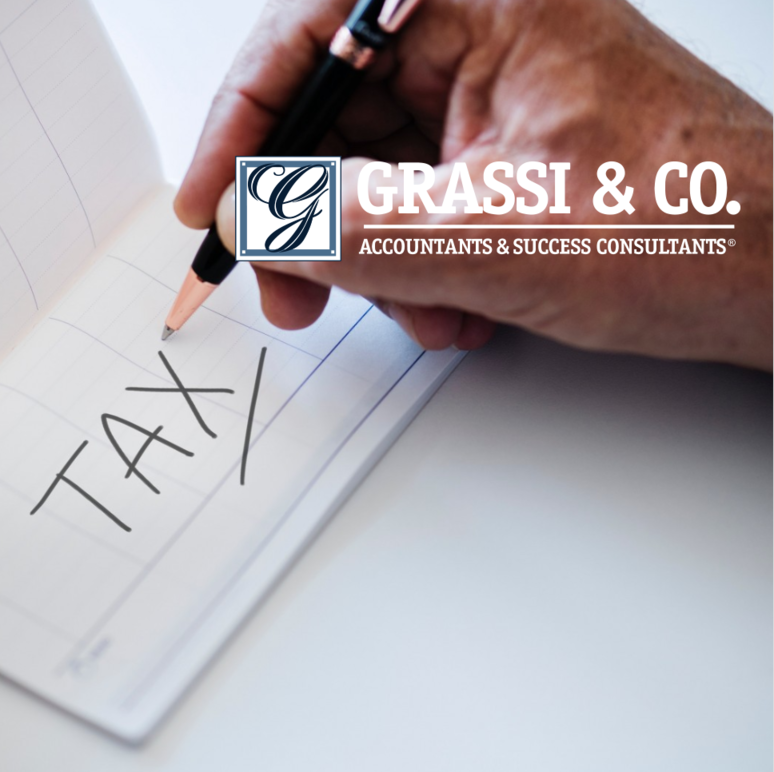ACCOUNTING TODAY. Alert: Qualified Opportunity Zones - New Proposed Regulations
The second round of proposed regulations issued on April 17, 2019 provide additional guidance on some of the questions and issues that remained unclear after the initial round of proposed regulations that were issued in October 2018.
The Opportunity Zone program was created by the Tax Cuts and Jobs Act (TCJA) to stimulate economic development and job growth in low income communities across the US, DC and the five US territories by providing tax breaks to investors in the qualified zone areas.
Tax Incentives offered by the program:
• Tax Deferral
• Step-up in basis
• Permanent Exclusion
Tax Deferral:
Most capital gains can be deferred with tax savings to the taxpayer until 12/31/2026 or until the investment in the Qualified Opportunity Fund (QOF) is sold, whichever is earlier, if the original capital gains are invested in a QOF within 180 days of the sale of the asset.
• Gain from sale or exchange of assets between related parties as provided in the proposed regulations does not qualify.
• Investment in QOF must be an equity interest and cannot be a loan or another debt instrument.
• The deferred gain retains its attributes
Step-up in basis:
The basis in the capital gains invested in the QOF is increased by:
• 10% if the taxpayer holds the QOF investment for at least 5 years, or
• 15% if the taxpayer holds the QOF investment for at least 7 years
Thus, the taxpayer can defer and effectively exclude up to 15% of the original capital gains from taxation.
Permanent Exclusion:
The capital gain on the sale or exchange of the investment in the QOF can be permanently excluded from taxation if the QOF investment is held for at least 10 years.
Example:
John has a capital gain of $ 100,000 from sale of Apple stock as on 7/1/18.
He invests $ 100,000 in QOF on 11/1/18 (within 180 days of 7/1/18):
Does not pay any tax on the entire gain in 2018
Holds the QOF investment until 11/30/23 (past 5 years) and sells the QOF investment at a gain of $ 20,000:
Gets a step-up in basis of 10% or $ 10,000 on the original gain and pays tax only on the remainder of the original gain of $ 90,000. The $ 20,000 gain on the sale of QOF investment is also subject to tax in 2023.
Holds the QOF investment until 11/30/25 (past 7 years) and sells the QOF investment at a gain of $ 35,000:
Gets a step-up in basis of 15% or $ 15,000 on the original gain and pays tax only on the remainder of the original gain of $ 85,000. The $ 35,000 gain on the sale of QOF investment is also subject to tax in 2025.
Holds the QOF investment until 11/30/28 (past 10 years) and sells the QOF investment at a gain of $ 65,000:
The $ 65,000 gain on the sale of QOF investment is permanently excluded from taxation. Must pay tax on the deferred gain of $ 85,000 in 2026.
There are several key topics and rules that need to be followed in order to take advantage of this tax benefit.
For more information, contact Jeffrey Cohen, Partner, Tax Services Leader, at jcohen@grassicpas.com or Shashi Singal, Tax Senior Manager, at SSingal@grassicpas.com.



































i-Italy
Facebook
Google+
This work may not be reproduced, in whole or in part, without prior written permission.
Questo lavoro non può essere riprodotto, in tutto o in parte, senza permesso scritto.